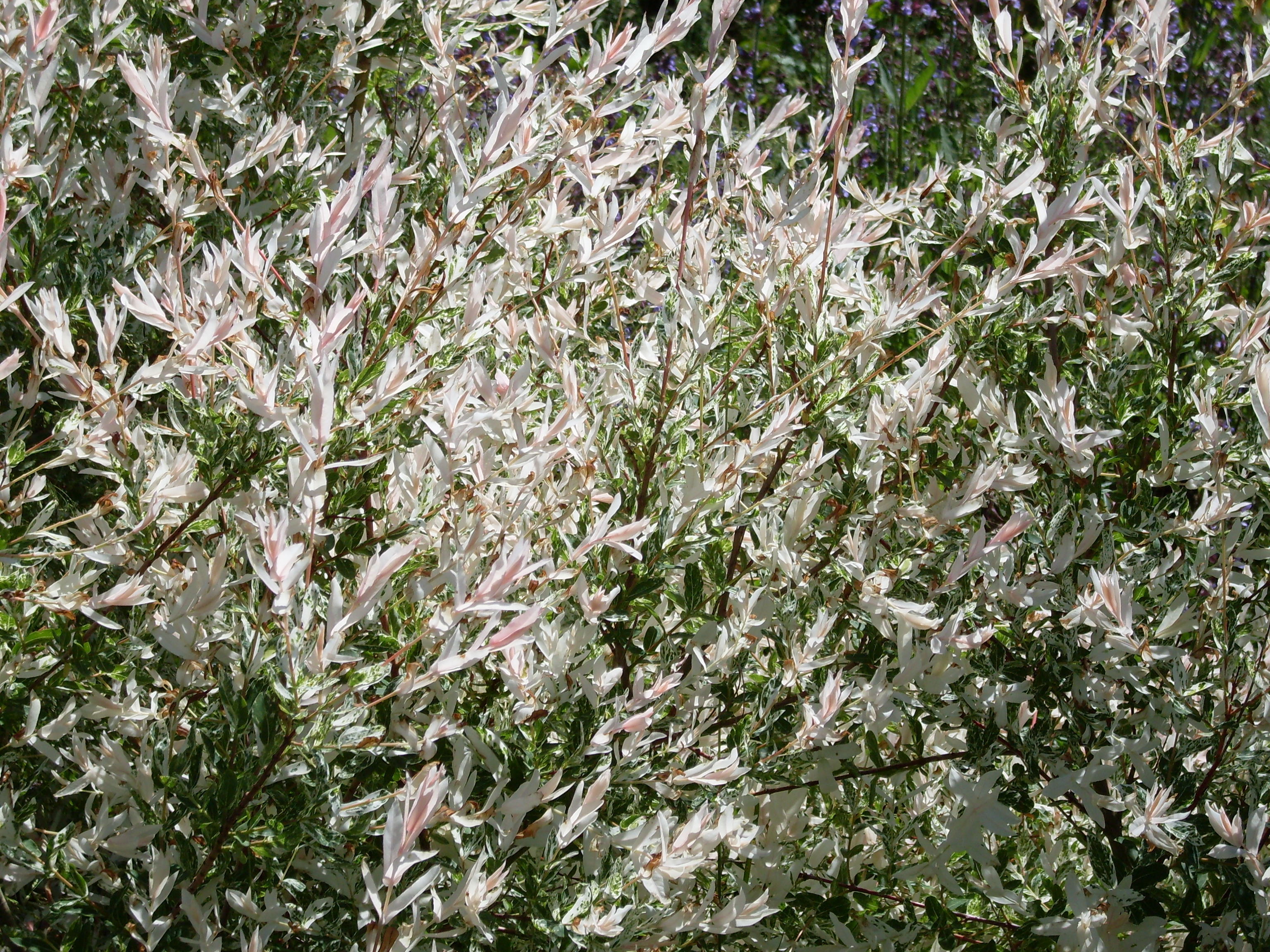It’s amazing to see the growth rate and progress of most of the plants this last month and we’re now eagerly awaiting the masses of colourful blooms to start. Much of our time this month has been concentrated on weeding the gardens and we’re still pruning back the many Penstemons on route through the weeds! The rest of the time has been busy keeping on top of the potted plants that we sell (a fulltime job on their own).

Plants, trees and shrubs perform well when they have the optimum conditions, i.e., the right type of soil, food, warmth and moisture.
The characteristics of soil are determined by the composition of silt, clay and sand within it. To recognise the type of soil you have here is a quick and simple guide.
Sandy soil – virtually clay free with large gritty particles that warm up quickly in spring, but also dries out quickly in drought conditions. It is free draining and easy to dig but retains water and nutrients poorly. When a handful is rubbed in the hand it feels gritty and granular and is impossible to form into a ball, even when wet.
Silty soil – this is low in clay but better at retaining moisture and nutrients than sandy soil. This type of soil compacts easily and therefore water runs off its surface so feeding can be difficult.
Clay soil – this type of soil retains water well and holds nutrients but it is heavy and compacts very easily making it hard to work with. It is also slow to warm up. It feels smoother and more solid in the hand and can easily retain a shape.
Medium loam – this is the most desirable type of soil for gardening and comprises half and half sand and clay/silt mix. It holds moisture and nutrients well and has a crumb texture.
Digging improves soil but for full benefit organic and inorganic matter should be added and this is an important ongoing task. The addition of these matters improves the soil by making it more moisture retentive, aerated and workable, which gives the plants the best environment in which to thrive.
Soil preparation is important for your plants, trees, shrubs and of course vegetables to provide the best conditions for growth. This involves three things: digging and adding organic matter, de-weeding, and fertilizing. Many people think that the organic matter added when digging is the same as adding fertilizer but the two things do different and complimentary things. The digging and adding of organic matter helps to break down the soil and introduce air, aiding the roots of plants to establish themselves and take the necessary nutrients from the soil. It gives the bulk of the plant’s diet, whereas fertilising the soil adds the necessary trace elements that the plants also need – a bit like the vitamins in our food.
Although a lot of people use their own composted waste for organic matter there are also other soil improvers that can be used. These are manure, leaf mould, mushroom compost, chipped bark and peat.
Fertilizers on the other hand are concentrated plant foods. They come in two types, organic and inorganic. The organic form of fertilizers is made from natural organic matter such as plants, animals, fish and even rocks. Inorganic fertilizers are made from chemicals that do the same job but the organic fertilizers have the advantage of keeping the soil bacteria busy breaking them down to release the nutrients and therefore improving the soil as well.
Fertilizers provide the three main elements that plants need – phosphorous, potassium and nitrogen. Phosphorus promotes healthy roots, nitrogen promotes leaf growth and potassium is vital for flowers and fruits. Chemical fertilizers are generally balanced but they give instructions and guidance on the labels so if you are unsure which one to choose check the labels. Organic fertilizers such as fish and bone are balanced having equal quantities of the main nutrients so they can be used as a good all rounder. If you have roses rose fertilizer is good as it contains more potash and magnesium, which roses like and it can also be used on other flowering shrubs and perennials. Comfrey and nettles also make excellent fertilizers, a bit stinky but the plants love it!
Thank you for reading and happy gardening. Blog post from http://www.penstemonsandherbs.com